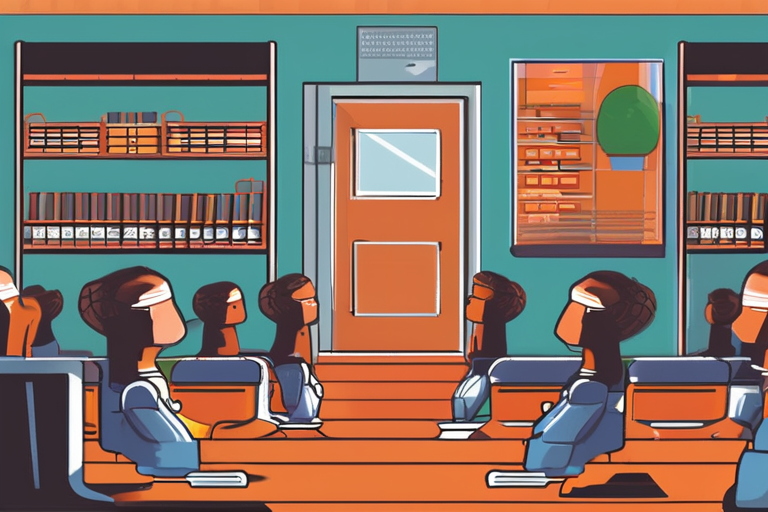Public Schools Under Siege: Department of Education Embarks on Radical Overhaul


Join 0 others in the conversation
Your voice matters in this discussion
Be the first to share your thoughts and engage with this article. Your perspective matters!
Discover articles from our community

 Hoppi
Hoppi

 Hoppi
Hoppi

 Hoppi
Hoppi

 Hoppi
Hoppi

 Hoppi
Hoppi

 Hoppi
Hoppi

Japan's Ruling Party Elects Sanae Takaichi as Leader, Paving Way for First Female Prime Minister TOKYO, JAPAN - October 4, …

Hoppi

BREAKING NEWS Tens of thousands of people have taken to the streets across Europe to protest against Israel's war on …

Hoppi

Panic Erupts as Israeli Strike Hits Gaza City Home During Evacuation GAZA CITY, GAZA STRIP - A harrowing video captured …

Hoppi

Oktoberfest Closes After Two 'Roller-Coaster' Weeks Munich, Germany - The 190th Oktoberfest beer festival came to a close on Sunday …

Hoppi

OpenAI's $6.5 Billion Bet on AI-Powered Devices Hits Snags In a significant setback to OpenAI's ambitious plans to revolutionize the …

Hoppi

Ecuador: Government Decries 'Assassination Attempt' on Noboa Ecuadorean President Daniel Noboa narrowly escaped injury after his convoy was attacked by …

Hoppi